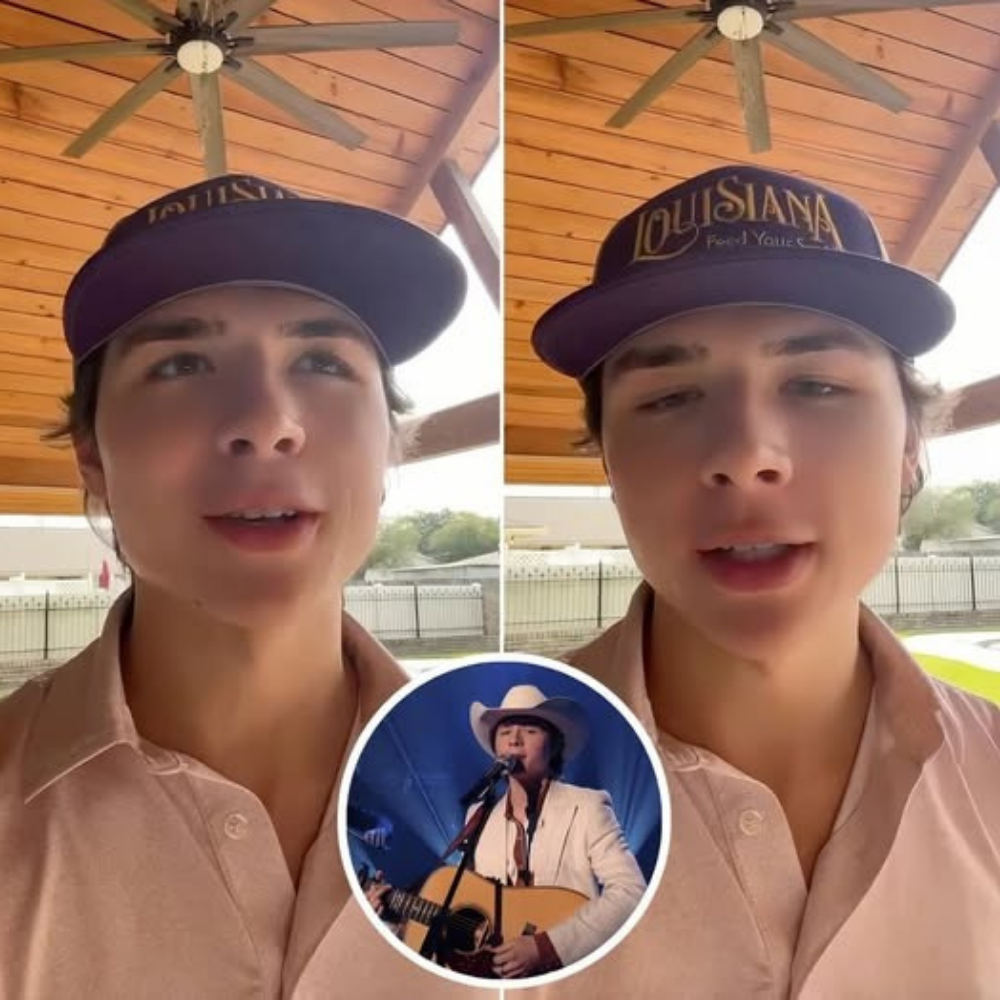In the world of hip-hop, fan culture often takes on a life of its own, evolving alongside the artists they admire. Recently, Kendrick Lamar’s ascendance in the rap scene has sparked discussions about the changing dynamics among his fans, drawing parallels to the fervent fanbases of past hip-hop icons. As Lamar emerges from a remarkable period of success, some observers have noted a shift in the demeanor of his supporters, reminiscent of the so-called “Drakeification” that characterized the fans of the Canadian rapper during his peak years from 2016 to 2019.

Kendrick Lamar’s impressive trajectory is often compared to the influential runs of Tupac Shakur in the 1990s, Jay-Z’s mainstream breakthrough, and Kanye West’s extended reign in the industry. However, as Lamar continues to dominate the rap landscape, a dichotomy appears to be forming among his fans, reflecting a tension that is not uncommon in popular music. The recent controversy surrounding Lamar’s Super Bowl halftime performance has only intensified this discourse, as debates rage over the quality and message of the performance.
The anticipation for Lamar’s Super Bowl show was palpable, especially following his recent triumph in a highly publicized rap beef and the widespread acclaim for his latest album. Yet, the performance elicited mixed reactions, with some praising Lamar’s artistic choices while others deemed the show underwhelming. Critics highlighted a tendency among Lamar’s fans to dismiss any negative feedback as a lack of understanding or appreciation for the artist’s deeper messages, a sentiment that echoes the defensive posture often adopted by Drake fans during his heyday.
At the heart of this discussion is the notion that the fervor of Lamar’s newer fans may overshadow the more nuanced appreciation of his work that characterized his earlier supporters. The shift in fan behavior has been noted particularly in the wake of social media discussions, where passionate defenses of Lamar often escalate into confrontations with those who express dissenting opinions. This trend has led to a perception that, much like Drake’s fans, Lamar’s supporters have become increasingly polarized, with a strong inclination to view criticism as a personal affront.
The fallout from the Super Bowl performance has also seen notable figures in the entertainment industry weigh in on the debate. Lil Wayne, who expressed disappointment over not being chosen to perform in his home city of New Orleans, became a focal point for discussions about entitlement in the realm of music. While many acknowledged Wayne’s status as a rap legend, it was Lamar’s current momentum that ultimately led to his selection as the performer. This scenario further exemplifies the complex landscape of fan dynamics, as established artists and their supporters navigate the shifting tides of popularity and recognition.
As the conversation continues, it is evident that the “Drakeification” of Kendrick Lamar’s fans reflects a broader trend within music culture, where fan loyalty can sometimes morph into a tribalistic mentality. This evolution raises questions about how artists and their supporters can maintain a healthy relationship that celebrates diversity in musical taste while fostering respectful dialogue. In the end, the challenge for both Lamar and his fans will be to navigate these complexities without compromising the artistic integrity that has defined his career thus far. The future of hip-hop fandom may hinge on striking a balance between passionate support and critical engagement, a feat that could ultimately shape the legacy of Kendrick Lamar and his contemporaries for years to come.
